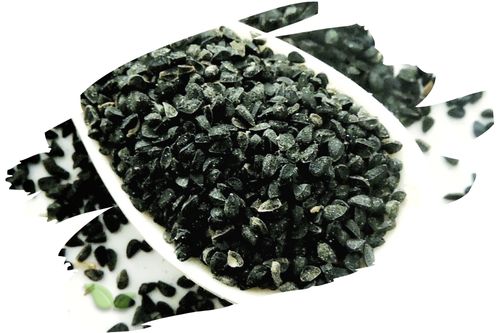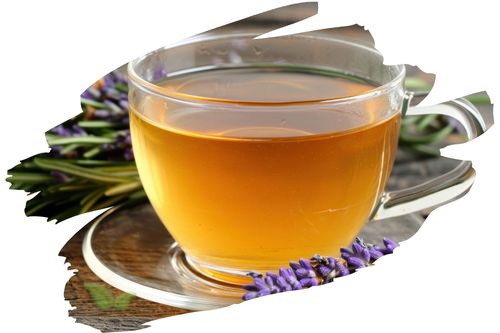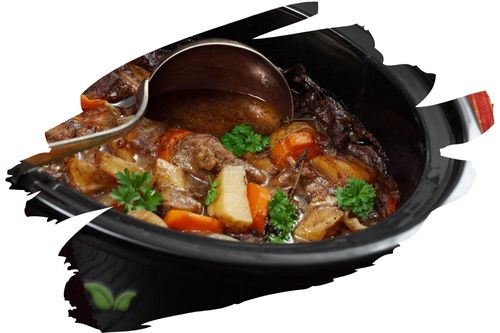
Introduction
Pickling is a popular preservation method that not only extends the shelf life of vegetables and fruits but also imparts a tangy and flavorful twist. When it comes to pickling, coriander seeds are a versatile ingredient that can add a unique touch to your homemade pickles. Their warm and citrusy flavor profile complements a wide range of ingredients, enhancing the overall taste and aroma of pickled goods. In this article, we will explore how to use coriander seeds in pickling, providing you with expert tips and techniques to create delicious and tangy pickles bursting with flavor.
Understanding Coriander Seeds in Pickling
Coriander seeds are the dried fruits of the coriander plant. They have a distinct flavor that combines citrusy, nutty, and slightly spicy notes. When used in pickling, coriander seeds add depth and complexity to the brine, infusing the pickles with their aromatic qualities. Additionally, coriander seeds contribute to the overall visual appeal of pickled vegetables, with their small, round shape often visible in the jar.
Techniques for Using Coriander Seeds in Pickling
Here are some expert techniques for incorporating coriander seeds into your pickling process:
-
Toasting the Seeds: Toasting coriander seeds before using them in pickling can enhance their flavor. Simply heat a dry skillet over medium heat, add the coriander seeds, and toast them for a few minutes until fragrant. Be sure to stir continuously to prevent burning. Once toasted, let the seeds cool before adding them to your pickling brine.
-
Whole or Crushed: Coriander seeds can be used whole or crushed, depending on the desired flavor intensity. Whole seeds provide a milder infusion, while crushed seeds release more flavor into the brine. Experiment with both options to find the balance that suits your taste preferences.
-
Infusing the Brine: Add coriander seeds to the pickling brine along with other spices and ingredients. As the brine sits and cools, the coriander seeds will infuse their flavors into the liquid, which will then penetrate the vegetables or fruits during the pickling process.
-
Using in Spice Bags: If you prefer to have the flavor of coriander seeds without the seeds themselves, consider using a spice bag or cheesecloth pouch. Place the coriander seeds inside the bag or pouch and add it to the pickling liquid. This allows for easy removal of the seeds once the pickling is complete, while still imparting their flavor.
Pairing Coriander Seeds with Other Pickling Spices
Coriander seeds can be combined with other pickling spices to create complex and flavorful brines. Here are some popular combinations:
-
Classic Pickling Spice: Combine coriander seeds with mustard seeds, black peppercorns, dill seeds, and bay leaves for a classic pickling spice blend. This blend works well with a variety of vegetables, such as cucumbers, carrots, and cauliflower.
-
Indian-inspired Spice Blend: Combine coriander seeds with cumin seeds, fennel seeds, mustard seeds, and fenugreek seeds for an Indian-inspired pickling spice blend. This blend adds a warm and aromatic touch to pickled vegetables like onions, mangoes, or mixed vegetables.
-
Mediterranean Herb Blend: Combine coriander seeds with dried thyme, dried oregano, and crushed red pepper flakes for a Mediterranean-inspired pickling spice blend. This blend pairs well with pickled olives, peppers, or artichoke hearts.
Tips for Successful Pickling with Coriander Seeds
Consider the following tips to ensure successful pickling with coriander seeds:
-
Use Fresh and High-Quality Seeds: Choose fresh coriander seeds for optimal flavor and aroma. Purchase them from reputable sources or consider harvesting them from your own coriander plants.
-
Adjust the Quantity: The amount of coriander seeds to use in pickling can vary depending on personal taste preferences and the recipe. Start with a conservative amount and adjust according to your desired level of flavor intensity.
-
Experiment with Different Pickling Recipes: Don't limit yourself to just one type of pickling recipe. Explore various vegetables and fruits, such as cucumbers, beets, onions, or green beans, and experiment with different combinations of coriander seeds and other spices.
-
Let the Pickles Marinate: Allow the pickles to marinate for a sufficient amount of time to develop the desired flavors. The pickling process can take anywhere from a few days to a few weeks, depending on the recipe and the desired level of tanginess.
Frequently Asked Questions (FAQs)
Q: Can I use ground coriander instead of coriander seeds in pickling?
While ground coriander can provide a similar flavor, it is recommended to use coriander seeds in pickling. The seeds contribute texture and visual appeal to the pickles, in addition to their distinct flavor.
Q: Can I reuse pickling brine that contains coriander seeds?
Reusing pickling brine is possible, but keep in mind that the flavors of the spices, including coriander seeds, may have diminished. It's best to use fresh brine for subsequent pickling batches to ensure optimal flavor.
Q: Can I adjust the amount of coriander seeds in a pickling recipe?
Yes, the amount of coriander seeds can be adjusted according to personal preference. Feel free to increase or decrease the quantity of coriander seeds to suit your taste.
Q: Are coriander seeds necessary for pickling, or can they be omitted?
Coriander seeds are not mandatory for pickling, but they do add unique flavors to the brine. Omitting coriander seeds will result in a slightly different flavor profile.
Q: Can I substitute coriander seeds with ground coriander in pickling?
While ground coriander can provide a similar flavor, the texture and visual appeal will be different. It is best to use coriander seeds to achieve the desired pickling experience.
Conclusion
Coriander seeds add a distinctive flavor and aroma to homemade pickles, elevating them to new levels of tanginess and complexity. By toasting the seeds, using them whole or crushed, and experimenting with different spice combinations, you can create pickles that are bursting with flavor. Embrace the versatility of coriander seeds in your pickling adventures and enjoy the delightful tang and aromatic notes they bring to your homemade pickles.
Alert: While spices can have many beneficial properties for health, using them for medical purposes should be done under the guidance and supervision of a healthcare professional or specialist. Some spices may interact with medications or cause adverse reactions in certain individuals, and it is important to use them safely and appropriately. If you are considering using spices for a medical condition, it is important to consult with a healthcare professional before doing so.




















































